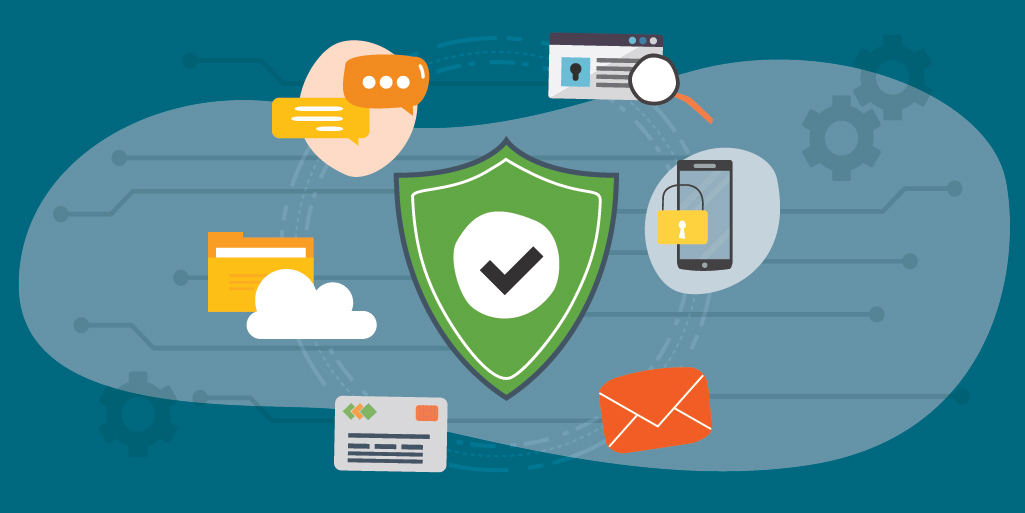
Cyber attacks can be detrimental to an organization if not proactively addressed. Attacks can be disruptive and costly. There is a chance of loss of data, financial loss, disruption of service and reputation damage. IT professionals must put security best practices in place that include hardware and software defenses, end user education, and develop an incident response plan. Even with these efforts, cyber attacks can still worm its way in. For that reason, cyber risk insurance can be beneficial with the recovery efforts. Cybersecurity insurance may assist with legal fees and expenses, data breach notifications to affected parties, recovering compromised data and systems and repairing damaged networks.
Following security best practices can help ensure you are already meeting many requirements. This may include:
- Using multi-factor authentication (MFA) – MFA adds an additional layer of security to your network. MFA requires another factor besides user name and password to provide access to resources.
- End user education – Educate users regarding how to spot and report phishing, insider threats (accidental/purposeful) and review general security best practices.
- Back up your data. Have a scheduled, documented back up routine. Include off site and immutable copies. Regularly practice the restore process to test validity.
- Principle of Least privilege (PoLP) maintains that a user only has access to specific resources and data that is required to perform their job.
- Develop and maintain a data classification system. Knowing what data you have, how sensitive it is, who has access to it and how it flows on your network can assist with understanding how to protect it.
- Include Mamaged Service Providers (MSP) in the process. Understand what risks they face or how they can protect your industry.
By meeting, and maintaining, the requirements for cyber risk insurance coverage you can also lower your insurance premium. Your organization’s risks are always changing. Setting up policies and procedures one time will not assure you of protection from cyber attacks. Document a schedule to revisit your security practices and adjust accordingly.
